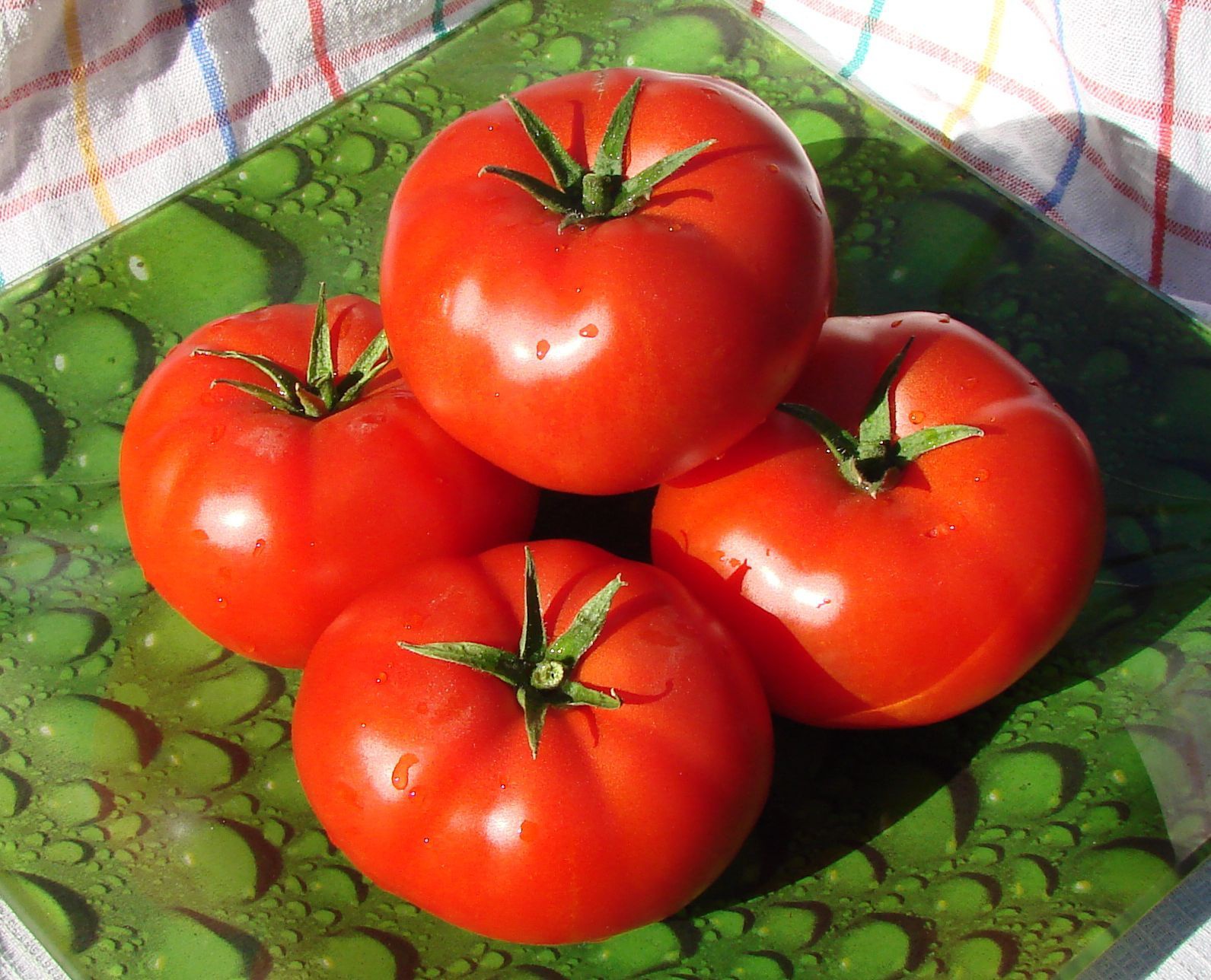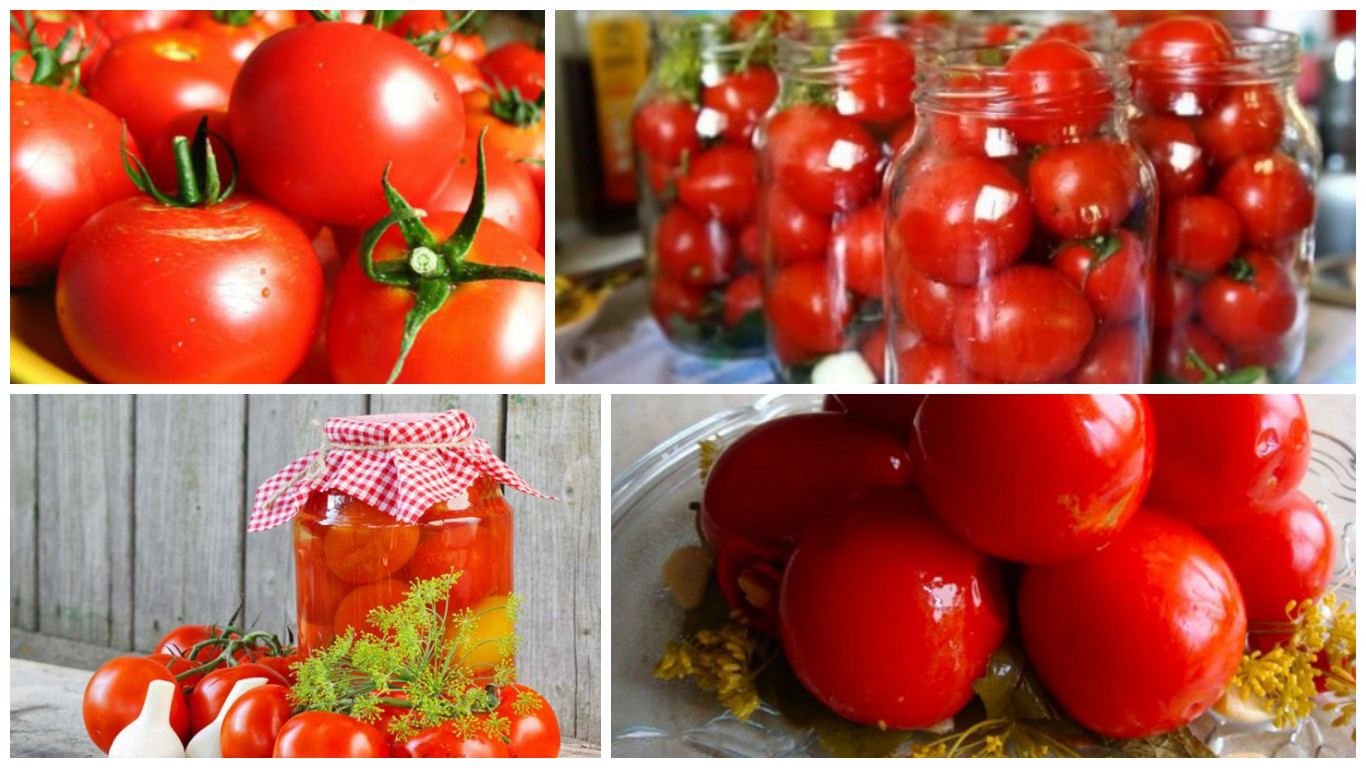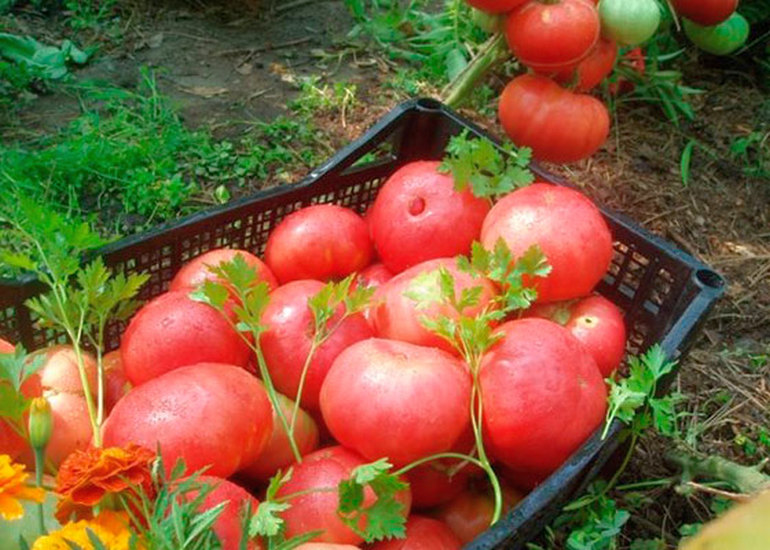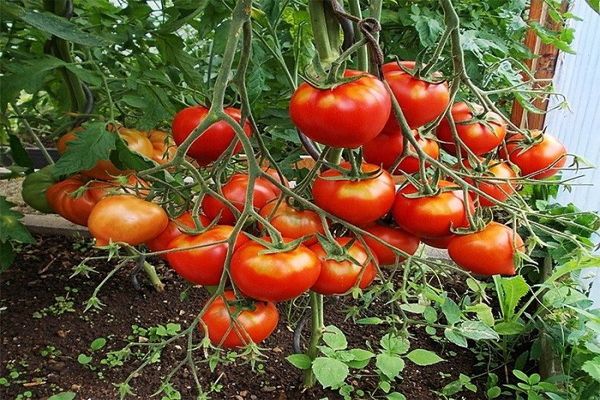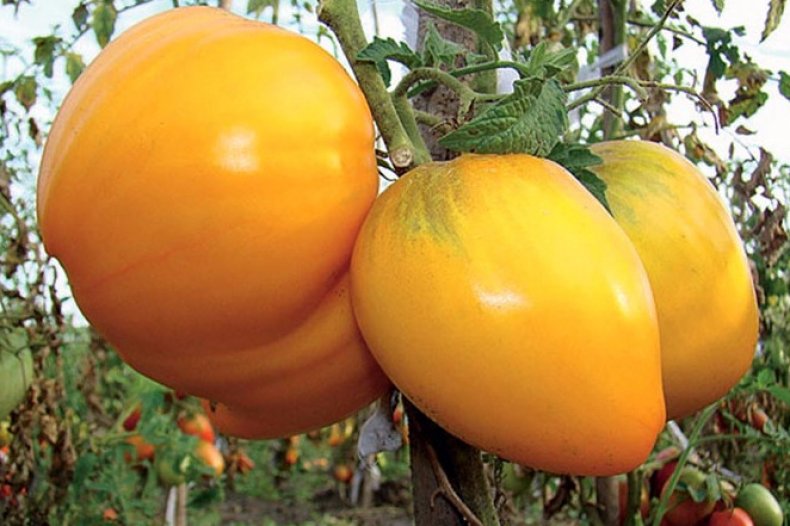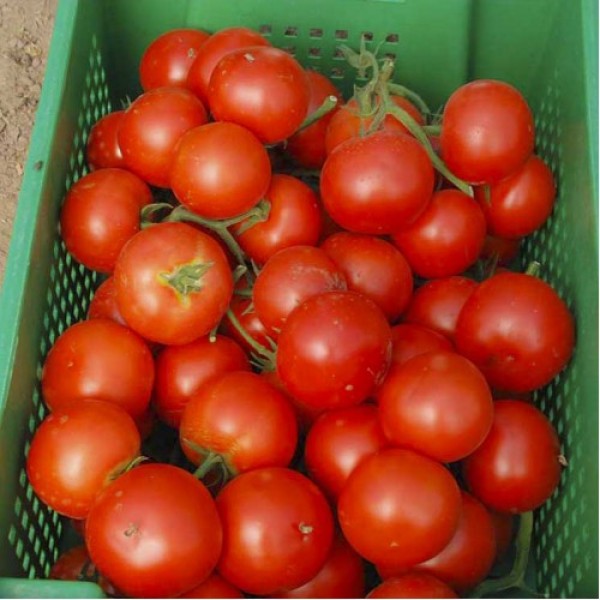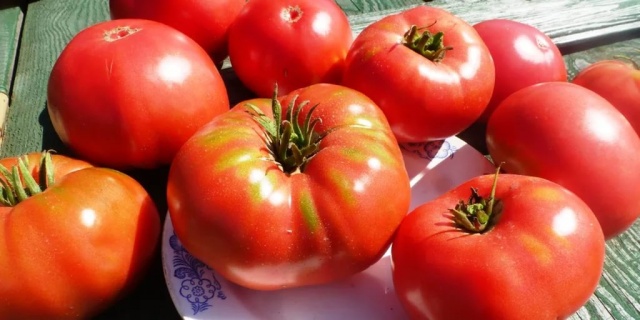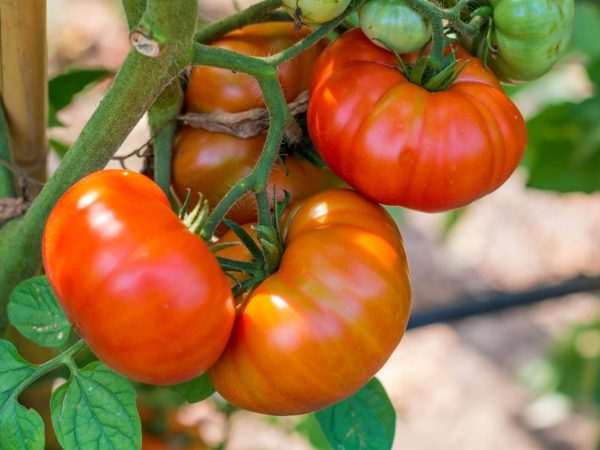Content:
When growing tomatoes, it is of great importance to choose the right variety and its compatibility with the climatic conditions of the region. One of the undemanding varieties is Ataman, which is suitable for growing outdoors. Tomatoes of this type are suitable for fresh consumption and further processing.
Characteristics and description of the tomato variety Ataman
The Ataman tomato variety was allowed for mass cultivation in 1999. The peculiarity of the culture is its suitability for rare harvesting and mechanized harvesting without loss of marketability and taste. In addition, the vegetable perfectly tolerates transportation over long distances.
Tomato Ataman is determinant: the growth of the bush stops after the formation of 4-5 main brushes, which are laid every 2 leaves. Therefore, growing a crop does not require large areas and special devices.
The Ataman variety is mid-season, therefore, it will take 100-112 days from the moment of germination to the technical maturity of the fruit. The height of the bush reaches 45 cm. The plant has medium-sized leaves and forms an intermediate inflorescence, characterized by a stalk without articulation.
Ataman tomatoes have a round shape, dense structure and a juicy texture. As they mature, their hue changes from light green to deep red. The variety is distinguished by a friendly return of fruits, and the yield indicator is 4-6 kg per 1 sq. m.The weight of one tomato is 85-120 g.
Features of the composition of Ataman tomatoes:
- vitamin C - 20%;
- dry matter - 6%;
- acidity - 0.5%;
- sugar - 3.7%.
These indicators are ideal for the human body, therefore, it is recommended to use Ataman tomatoes both fresh and in the form of juice and sauce.
Features of agricultural technology
For the successful cultivation of tomatoes, stable warm weather is required with an air temperature above 18 degrees during the day, and at least 12-14 degrees at night, otherwise the growth and development of the bush slows down. Therefore, it is recommended to plant a crop for seedlings - not earlier than the first half of March, and in open ground - in mid-May.
Ataman needs moderate air humidity, about 60%. With an increase in this indicator, pollination of flowers and fruit ovary slows down significantly, and the likelihood of infection with fungal diseases (late blight, black leg) also increases.
Before planting seedlings in a permanent place, it is recommended to prepare the beds in 2 weeks by digging a shovel onto a bayonet. And the plants need to be adapted to external conditions during this period, which will protect them from hypothermia in the future and prevent the inflorescences from shedding. The planting density is 4 plants per 1 sq. m.
Advantages and disadvantages
According to the description of Ataman tomatoes, the following advantages of the culture can be distinguished:
- excellent taste of fruits;
- universality of application;
- the possibility of rare harvesting and mechanized one-time harvesting;
- friendly ripening of fruits;
- compactness of bushes;
- resistance to transportation without loss of commercial properties.
The disadvantages of the variety include the relative susceptibility to late blight and black leg with an increased moisture index.
Ataman tomatoes are ideal for growing both at their summer cottages and on an industrial scale in the southern regions and in the middle zone of the country.
